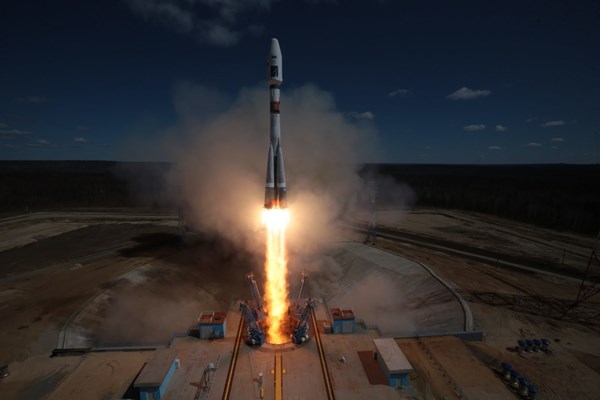Russia blames ‘mix-up of space launch sites’ for the recent failure during its Soyuz rocket launch
The Soyuz-2.1b rocket that fell in the Atlantic Ocean soon after launch, drowning all 19 satellites, was, according to Russian Deputy Prime Minister Dmitry Rogozin, “adjusted for Baikonur.” That is, the data fed into the launch system was based on the assumption that the Soyuz-2.1b would be launched from the Baikonur space launch site, which is in neighboring Kazakhstan, while in fact the rocket was launched from the Vostochny cosmodrome in the Amur region.
“The launch was adjusted for Baikonur: they got the azimuth wrong,” Dmitry Rogozin told the Russia 24 TV.
The launch occurred on November 28th and was very unsuccessful. After the launch, the Fregat stage instead of gaining speed, slowed down and collapsed in the northern part of the Atlantic Ocean.
According to the First Deputy Director of Roscosmos Russian space agency, Alexander Ivanov, the failure was due to “the incorrect algorithms in the Fregat acceleration unit’s software system and inaccurate azimuths set for the launch.”
In late November, the RussianSpaceWeb.com site was first to float the idea that the Soyuz-2.1b rocket was wrongly programmed for a Baikonur space launch site instead of Vostochny. Now Dmitry Rogozin shed more light on the situation explaining that the rocket fell due to “incorrect algorithms” and “inaccurate azimuths.”
